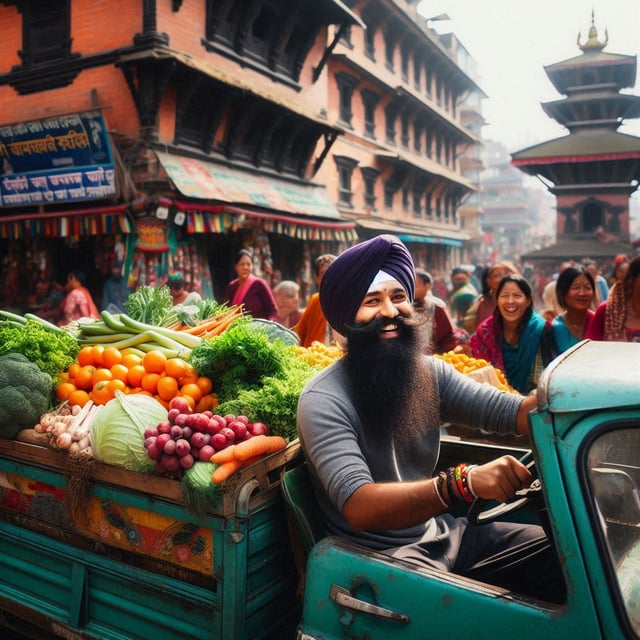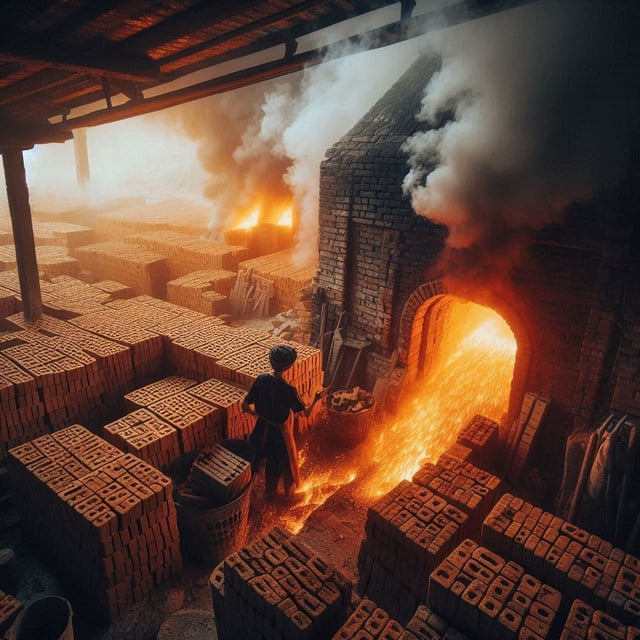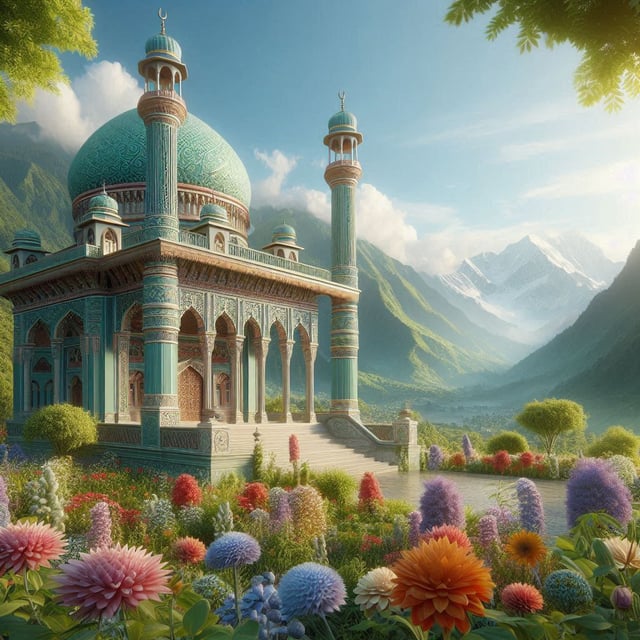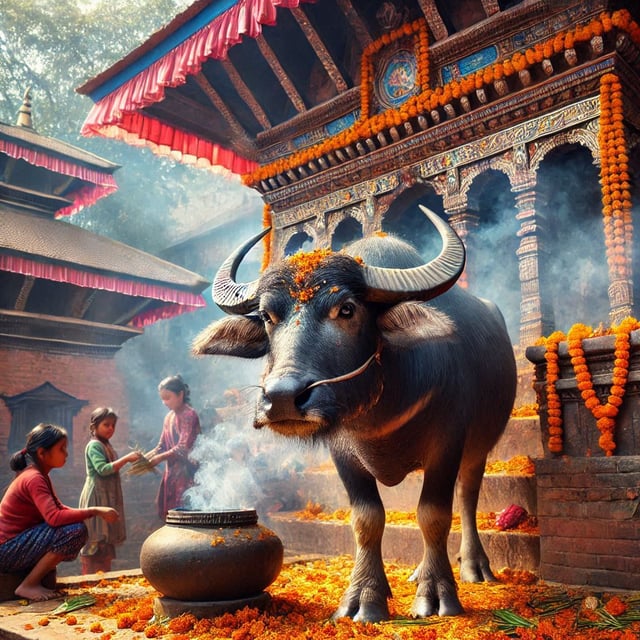The Crocodile, Makara, and Gohi
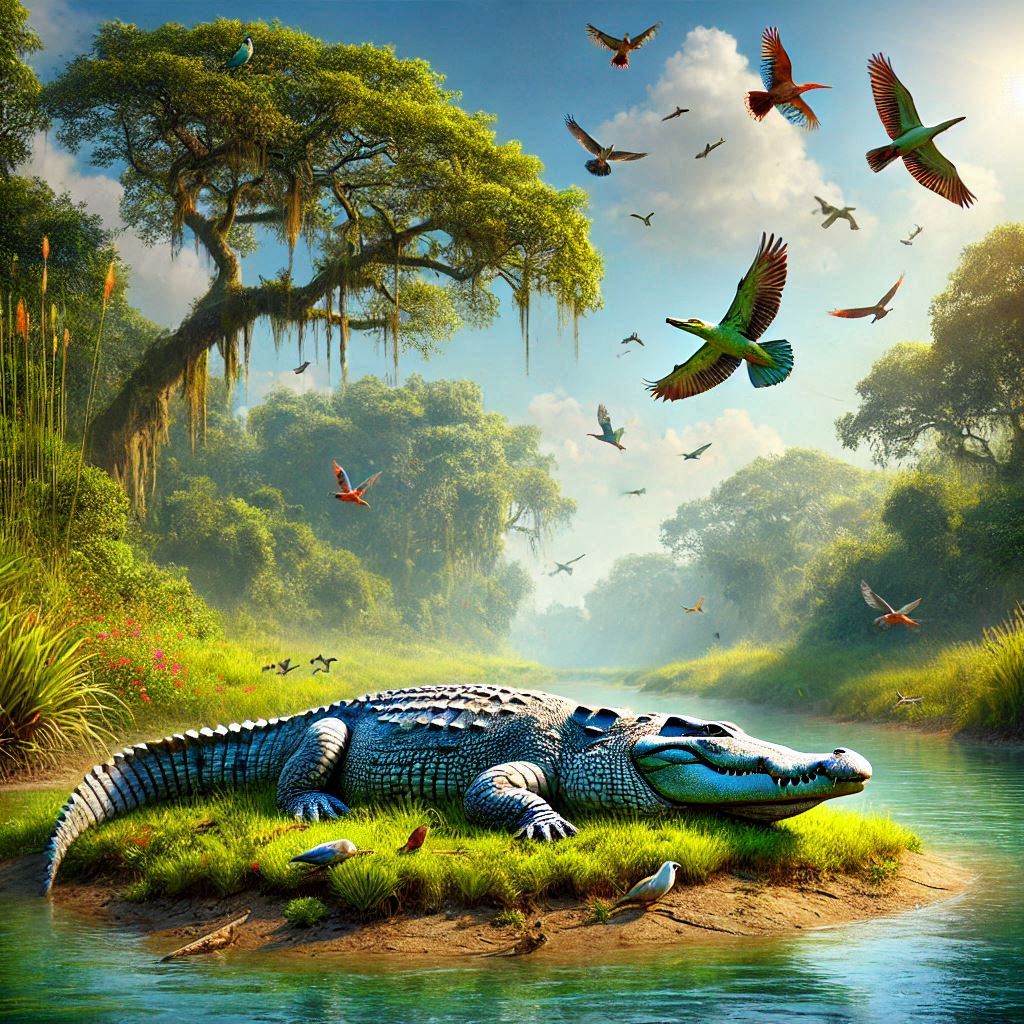
Makara means sea monster in Sanskrit, crocodile in English, and Gohi in Nepali.
In Hindu scriptures, Makara is the vehicle of Varun, the Vedic god of the water, rivers, and ocean as well as the vehicle for Ganga, the holiest river for Hindus. There are additional claims that Makara of Ganga are dolphins, as dolphins like crocodiles are found in the Ganga River.
The association of Makara with water gods could clarify the affinity of sculpting Makara in intricate water spouts.
The literature of Makara as a symbol on water spouts, could be dated back to at least the 12th century. The usage of Makara as a water spout can be seen in Java, Indonesia, Khmer temple in Cambodia, and is a popular symbol in water systems constructed by the Newars of Nepal.
Makara is generally seen as a mythical creature with an elephant trunk, a crocodile’s mouth, wild boar’s ears and tusks, and a peacock’s tail. Below such stone spout is the sculpture of Bhagirath, a mythical king who brought the river Ganga to earth.
As far as actual crocodiles in Nepal, Chitwan National Park reported fewer than 81 crocodiles in 1978. But since then intense efforts to breed and bring back the population have been successful.
In May 2023, 259 crocodile eggs were collected from nine nests in the Rapti River. In the past 5 years, 563 crocodile eggs were collected from which 496 hatched to produce hatchlings around which 300 survived.
Phoebe Griffith, a British researcher states that only 1% of baby gharials bred in natural habitats have survived. As the newborn's survival rate in the wild hovers around 1% the governments of Nepal and India have launched captive-breeding programs with healthy hatchlings released back into the river system.
Author
Kripendra Amatya
Editor
Dana Moyal Kolevzon, Director of International Relations, Nepa~laya Productions
Published Date
January 1, 1970
